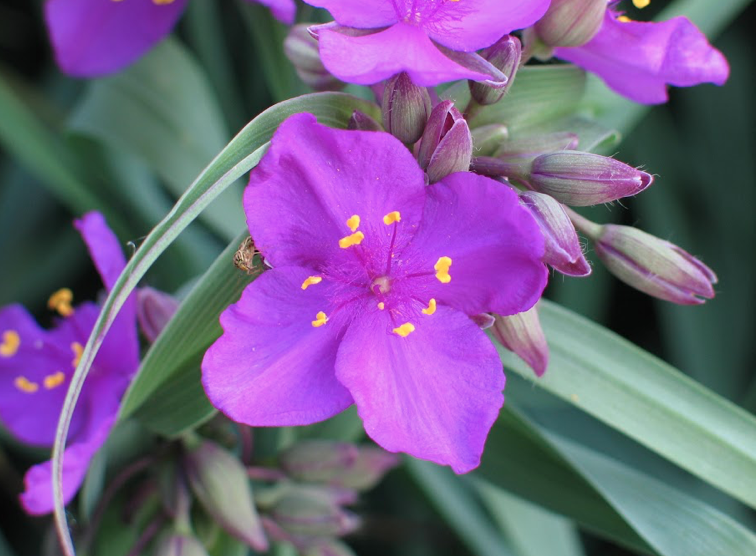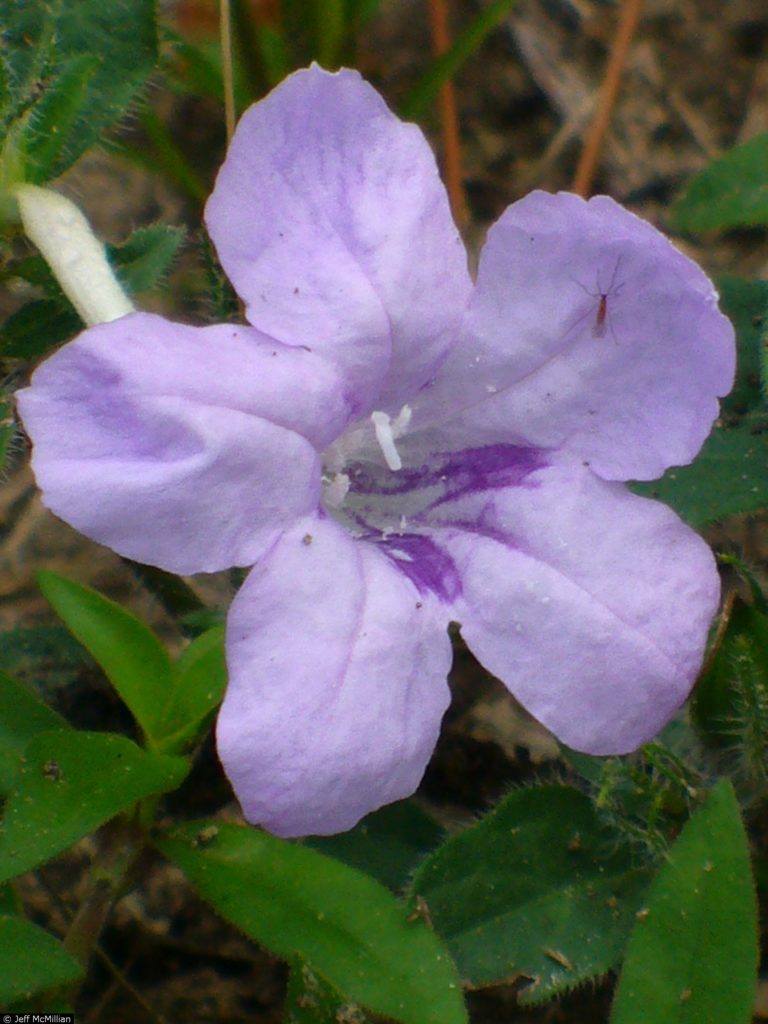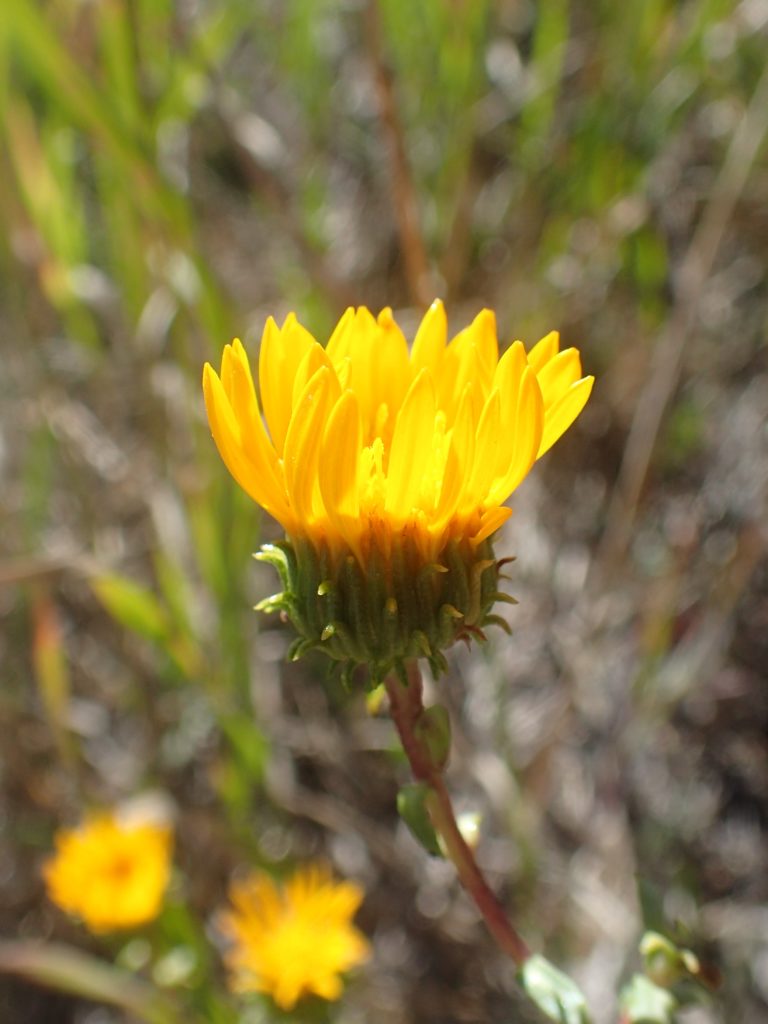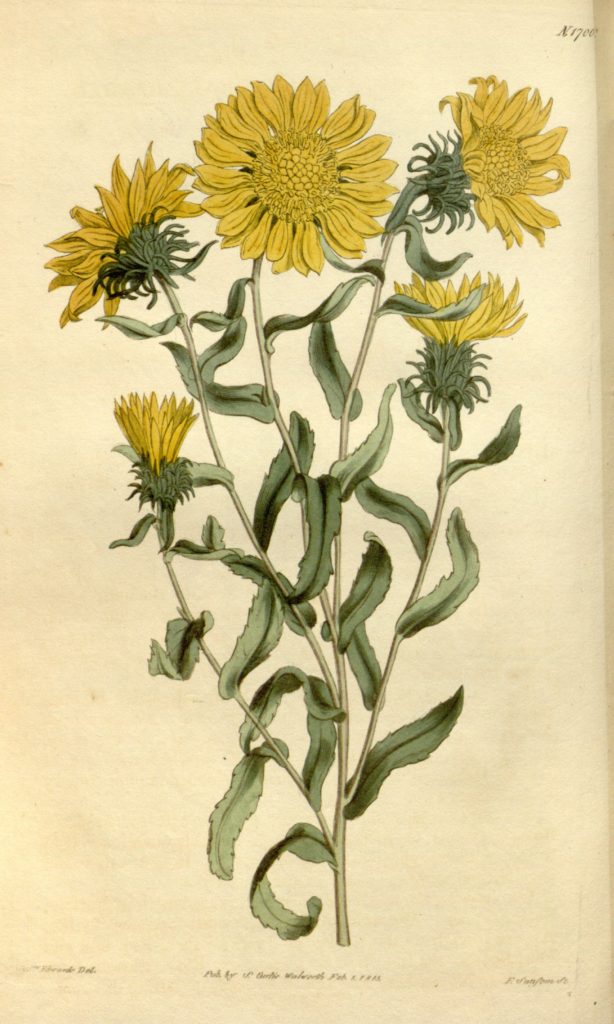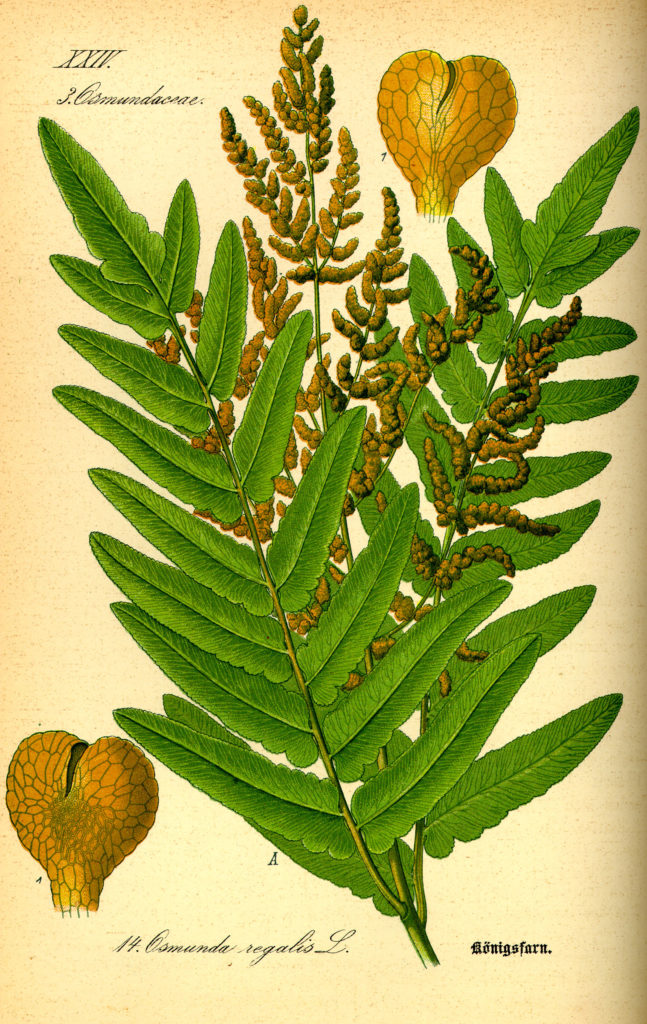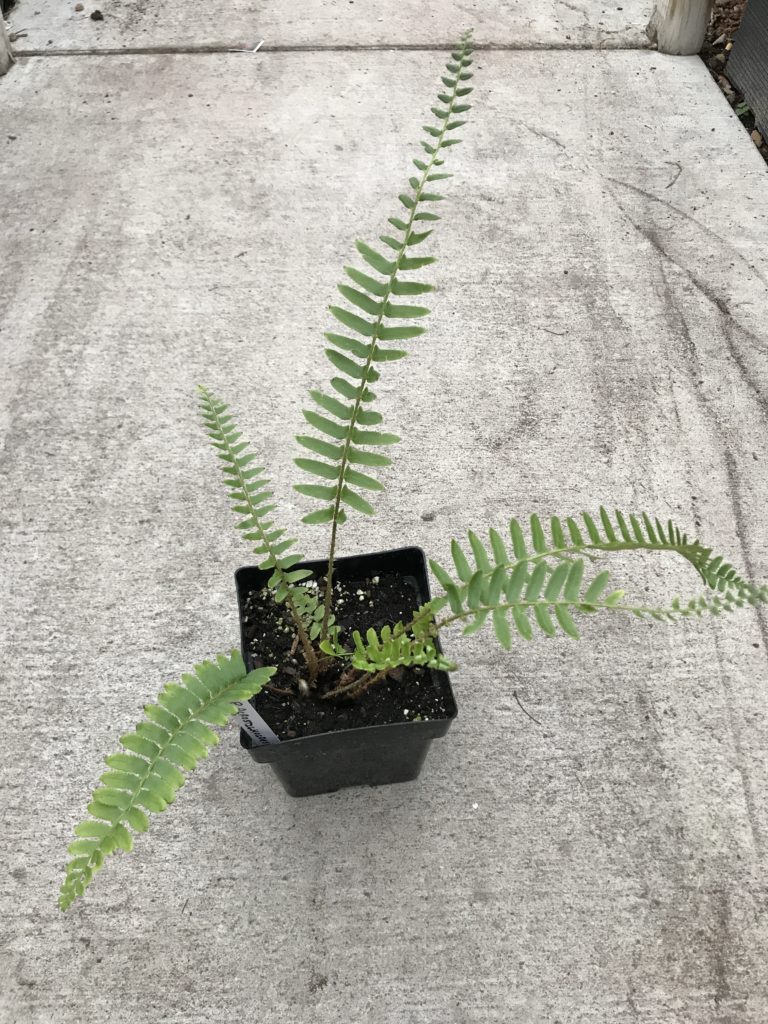The spring of 2019 has been an unusually cool and wet spring here in Kansas. I don’t like to complain about rain, because I know at some point it will quit. Conditions will get hotter and dryer through the summer. I don’t know what normal is anymore. For many of us, a short reprieve from the rain would be welcome. It would give us a chance to catch up and let our basements dry out.
All this rain made me think about what it does to plants. Many of you have newly-planted gardens or established flower beds and you, too, may be asking yourself – what will all this rain do to my native plants?
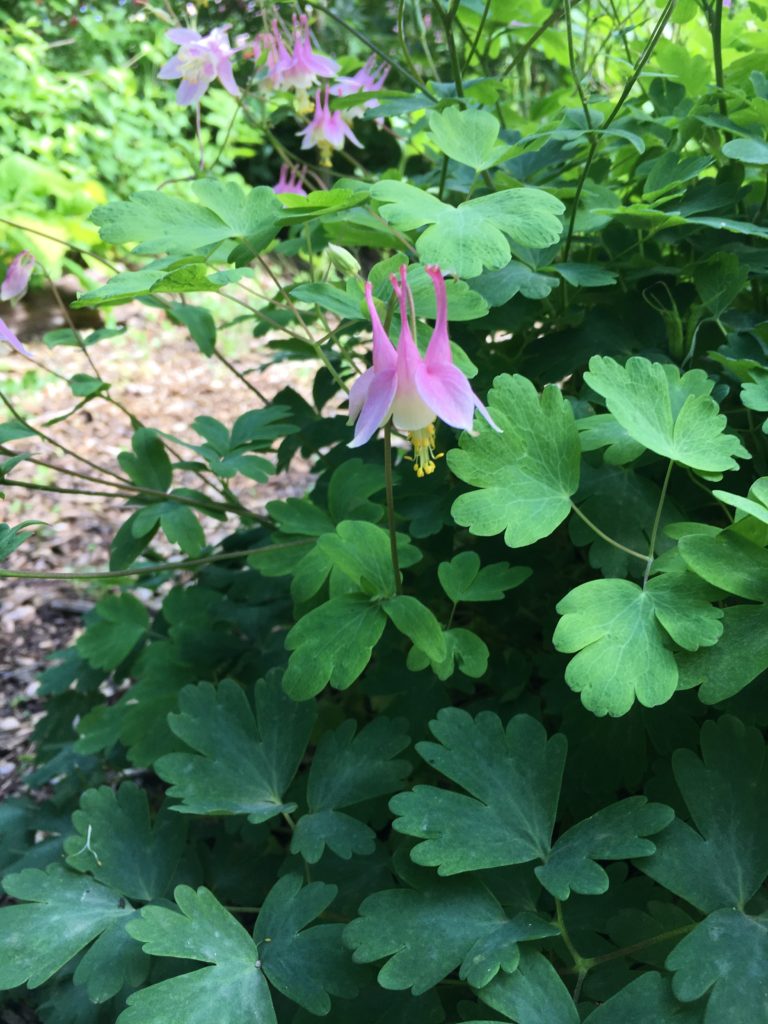
Excessive growth
Rain obviously causes the plants to grow. One of the downfalls of excessive growth so early in the season is that it will need to maintain that growth the rest of the year. Certainly, native plants are adapted to our prairie conditions and have root systems that can sustain the plants. It makes the placement of plants even more critical and important as we work to match the plants with our sites. If the plants are properly situated, it should not be a problem.
Use this season as an opportunity to observe your plants. If you see some wilting over the next few weeks, it may be an indication that the roots have been damaged or that the plants are not happy where they are planted.
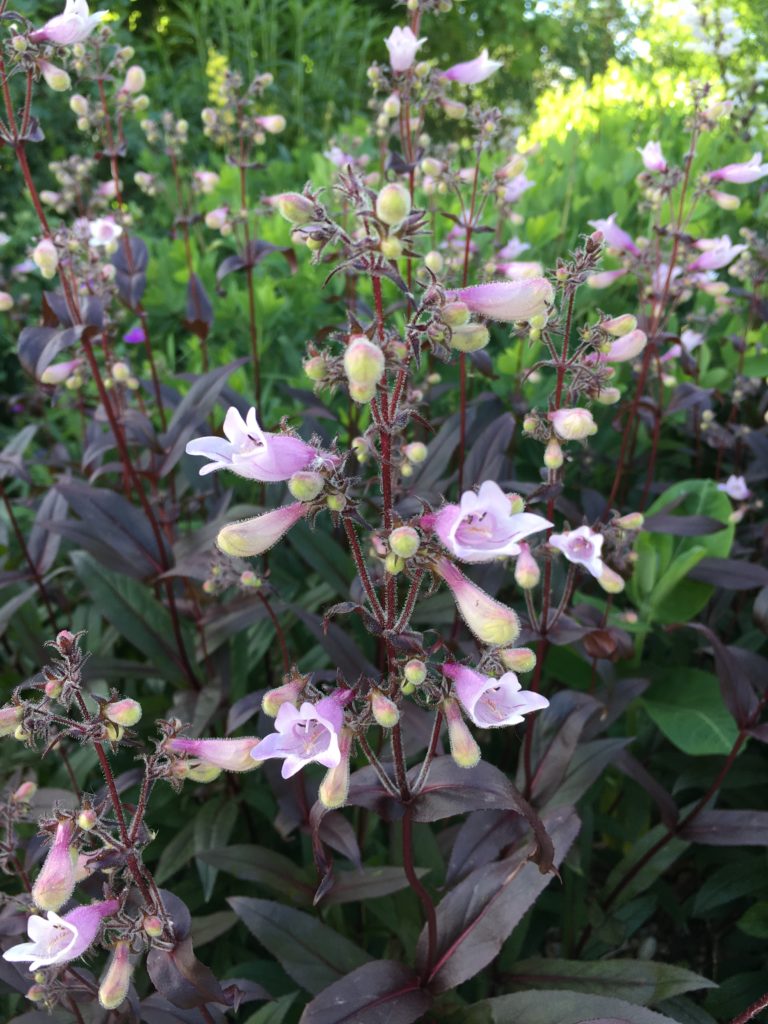
Plant diseases
All this rain has created perfect conditions for plant diseases like bacteria and fungi to flourish. There hasn’t been much time for plants to dry out in between rains. Prolonged periods of leaf wetness and excess moisture around the plant root zone can damage leaves and the crowns of plants. A few days of sunlight will help, but we need to make sure these plants are not smothered by mulch and the crowns of the plants have a chance to dry. Many plants, including trees and shrubs, have been slow to leaf out. Excessive rainfall and overcast skies has slowed the plant’s growth and can affect the timing and intensity of the blooms for the rest of the season. With rainfall like we have had, it makes us more aware of drainage issues, air circulation, plant selection and planting depth within our landscapes.
Nutrient leaching
Native plants don’t typically need to be fertilized. Their extensive root systems tap into nutrients that most plants can’t reach.
Your plants may have a yellow cast to them, but that doesn’t mean you should fertilize them. It is a result of lack of sunlight and too much water. Let them develop new roots and they will begin to green up on their own. By adding fertilizer, native plants have a tendency to flop and outgrow their root systems. Resist the temptation to fertilize your plants. While heavy rains have leached nutrients out of the soil, affecting the plant growth, these conditions will usually only cause temporary nutrient deficiency.
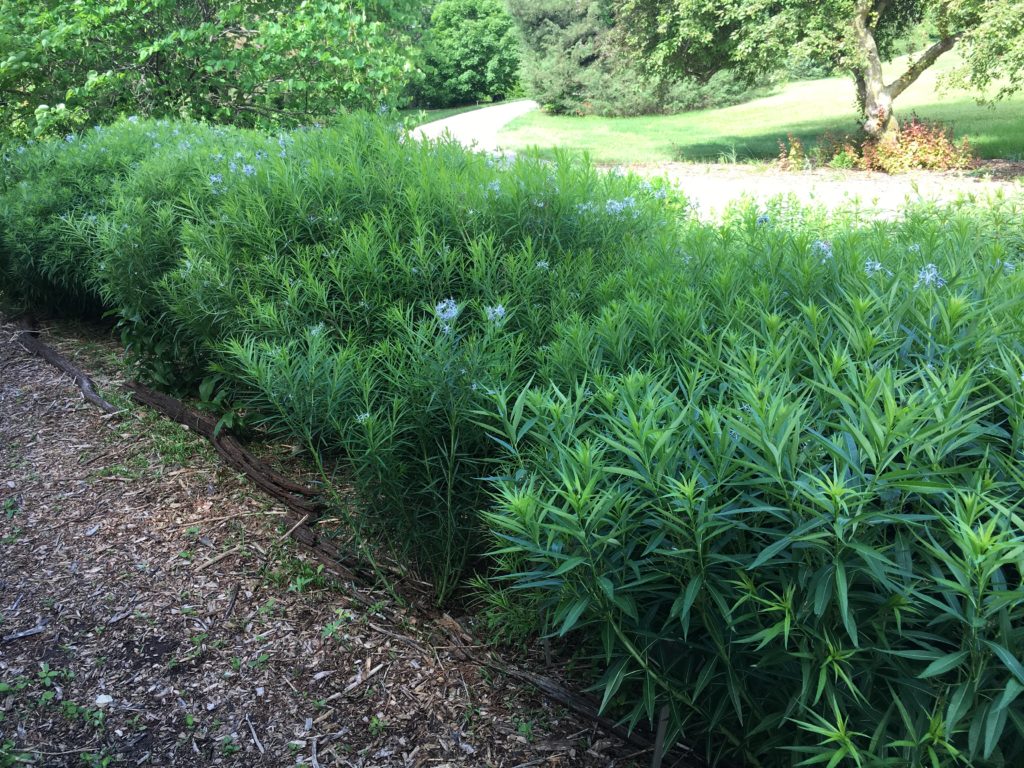
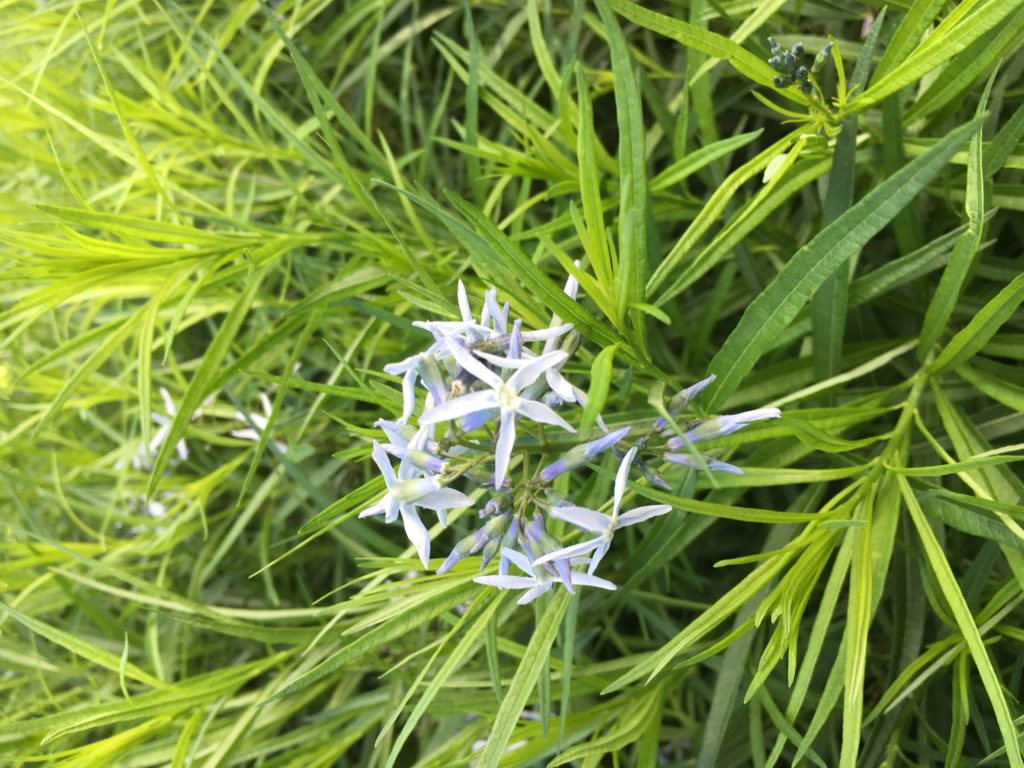
Plants are resilient and quite adaptable. They should recover over time. The long term effects of all this rain may not be fully known until later this year or even next year, but a majority of them will be fine. One reward is that we haven’t had to water much. We established some plants here at the Arboretum and never had to water them other than the first watering. That is very rare in Kansas. I love the sunshine today. All the lush plants are loving it too.

